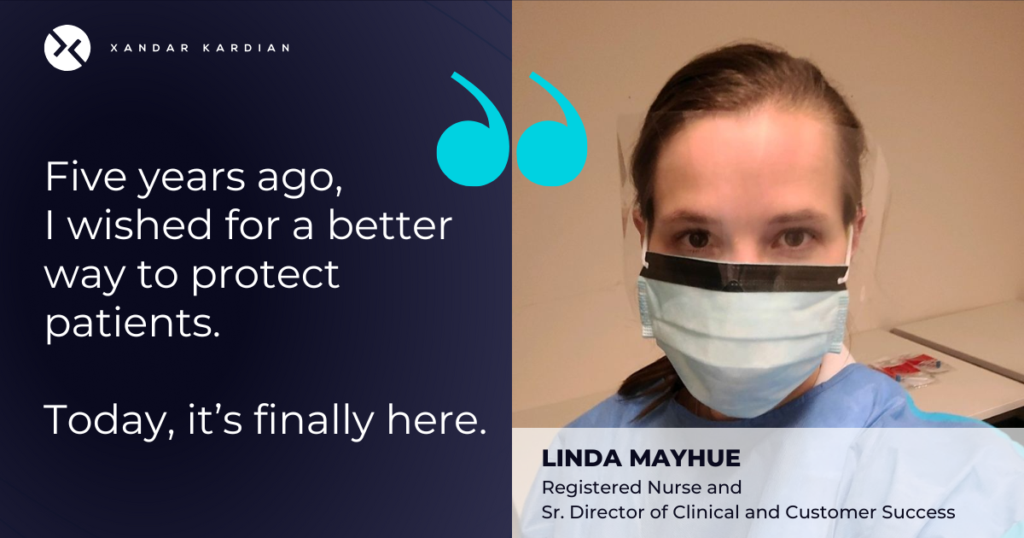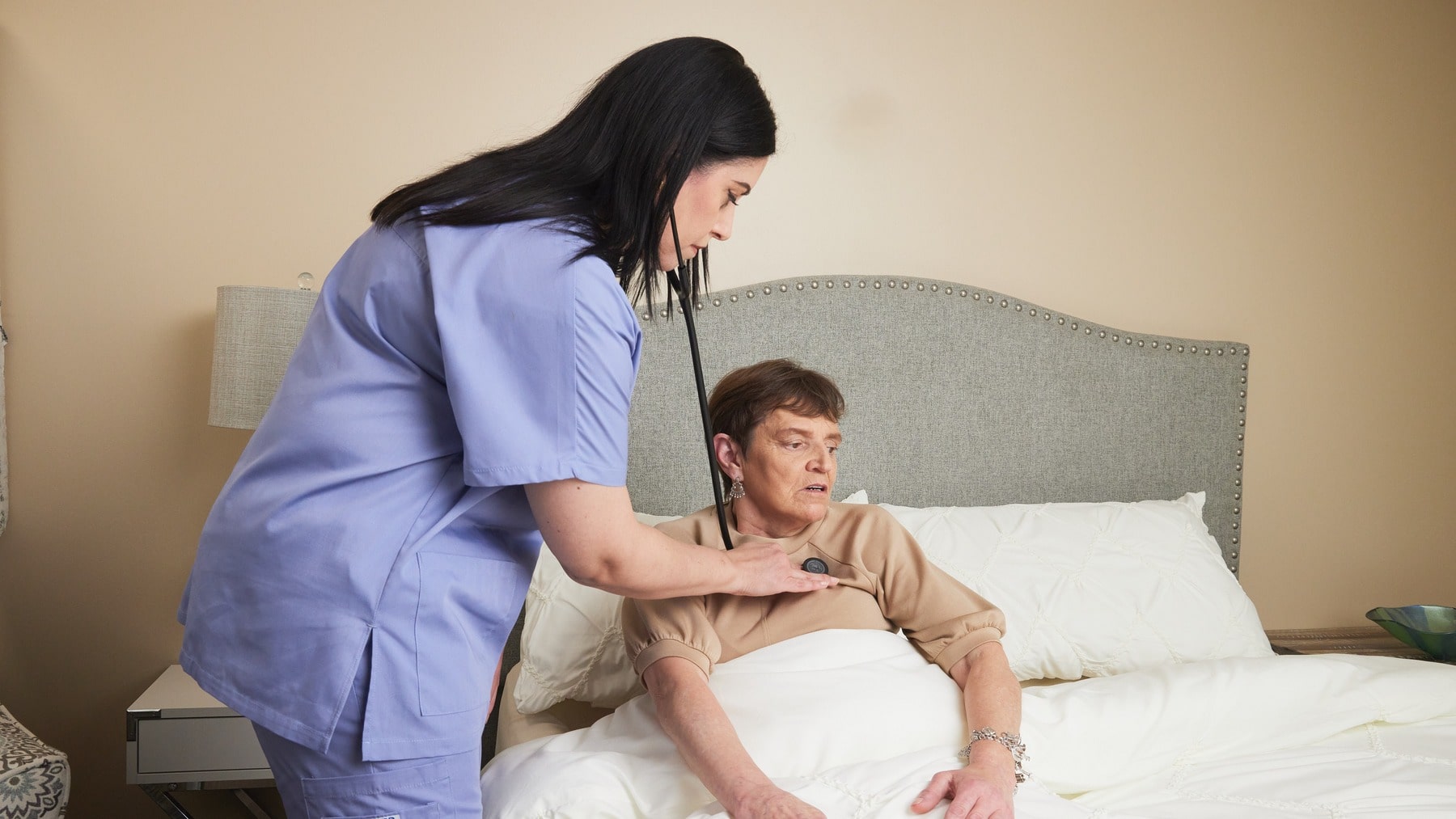
A Letter that changed everything
Wednesday March 12, 2025 was a special day for me.
It wasn’t an anniversary, a wedding day, the birth of a child. It was simply a letter from a government agency. Who knew someone could find peace from a government letter?
Let me explain.
The Crisis in Long-Term Care
 Almost 5 years ago to the day, the COVID-19 pandemic was rearing its ugly head. Coming from all sides, swallowing countries and paralyzing health systems. Governments and public servants alike went into full-scale disaster mode. And rightly so.
Almost 5 years ago to the day, the COVID-19 pandemic was rearing its ugly head. Coming from all sides, swallowing countries and paralyzing health systems. Governments and public servants alike went into full-scale disaster mode. And rightly so.
I was working as a public servant outside of Toronto, Ontario. My role, leading a team of devoted Care Coordinators supporting the thousands of patients seeking home care services and admissions into our provincially funded long-term care homes.
In a sector where legislation moves punishingly slow, we were hit with wave after wave of new government directives, tasked with operationalizing new policies and vast, sweeping changes. Urgently making space in hospitals for the expected onslaught of patients who would arrive, desperate for breath and reassurance that everything would be ok.
We did what we needed to do, but under it all it was impossible to quiet the unspoken fear — what happens when this virus hits our nursing homes? We knew deep in our hearts that once Covid passed the threshold, it would be unstoppable.
Nursing homes everywhere were vulnerable, not just in Ontario. But the reality is that there is little glamour in the industry, few resources and few sympathies. “They lived a good life”: a cruel mantra we had no choice but to accept, as allocation of critical resources were weighed in an impossible balance between the young, healthy and “survivable” and those who were unlikely to win the fight. I don’t know anyone in the business who has ever made peace with it. But looking back, there cannot be blame when there were no alternatives.
And hit it did.
A System Pushed to the Breaking Point
 Covid swept through our facilities like a tidal wave – taking vulnerable lives, staff, and resources faster than even we could have expected. We shifted again. New directives. Efforts. When critical staff were lost on the ground, we rallied – our teams volunteered for deployment as emergency staff in the facilities. Newer, fresh nurses and seasoned Care Coordinators, it didn’t matter. And behind them, a phenomenal team of senior managers and directors working endlessly, days on end, desperately trying to reassure nursing home administrators that help was on the way.
Covid swept through our facilities like a tidal wave – taking vulnerable lives, staff, and resources faster than even we could have expected. We shifted again. New directives. Efforts. When critical staff were lost on the ground, we rallied – our teams volunteered for deployment as emergency staff in the facilities. Newer, fresh nurses and seasoned Care Coordinators, it didn’t matter. And behind them, a phenomenal team of senior managers and directors working endlessly, days on end, desperately trying to reassure nursing home administrators that help was on the way.
We just needed more time. Frantic efforts to find emergency stashes of PPE, people. Anything.
Unable to quiet the incessant thought in my mind (and I’m sure I wasn’t alone) — there has to be a better way. Surely, something.
Finding a Better Way
When the dust finally began to settle, (a short 2 years later, ha!) I learned about Xandar Kardian. It turns out that while we were praying for a better way, there had been a team of passionate engineers and entrepreneurs actively working on a solution. I was instantly blown away. Imagine: being able to continuously and remotely monitor a patient contact-free using radar. The possibilities were endless. I became acquainted with CEO and Co-founder Sam Yang, who entirely understood that this was a technology that could revolutionize care around the globe. I shared his vision, and he shared mine. At that time, it wasn’t about getting a job, I just wanted to shout it from the rooftops. I knew that the collective “we” needed this.

When I joined the company, it wasn’t long before we started to see the power of these sensors. Early on, we tracked a COVID-19 outbreak at a nursing home in rural America, the sensors detecting a consistent pattern replicated patient-by-patient as the virus swept through. The most amazing thing? We could tell who was next, and this advanced knowledge meant the facility could both pre-emptively isolate and treat, while monitoring with confidence and mitigating risk to staff and others. Protecting and preserving valuable resources.
I am incredibly proud of our partner companies, and I have seen firsthand the impact of our sensors. But I have always looked forward to the day when I could finally tell my devoted former colleagues, facilities and patients here in Ontario that we finally have a better way.
And on March 12, 2025 a letter arrived from Health Canada — we were officially an approved Medical Device.
Now, it’s time to bring this home.



